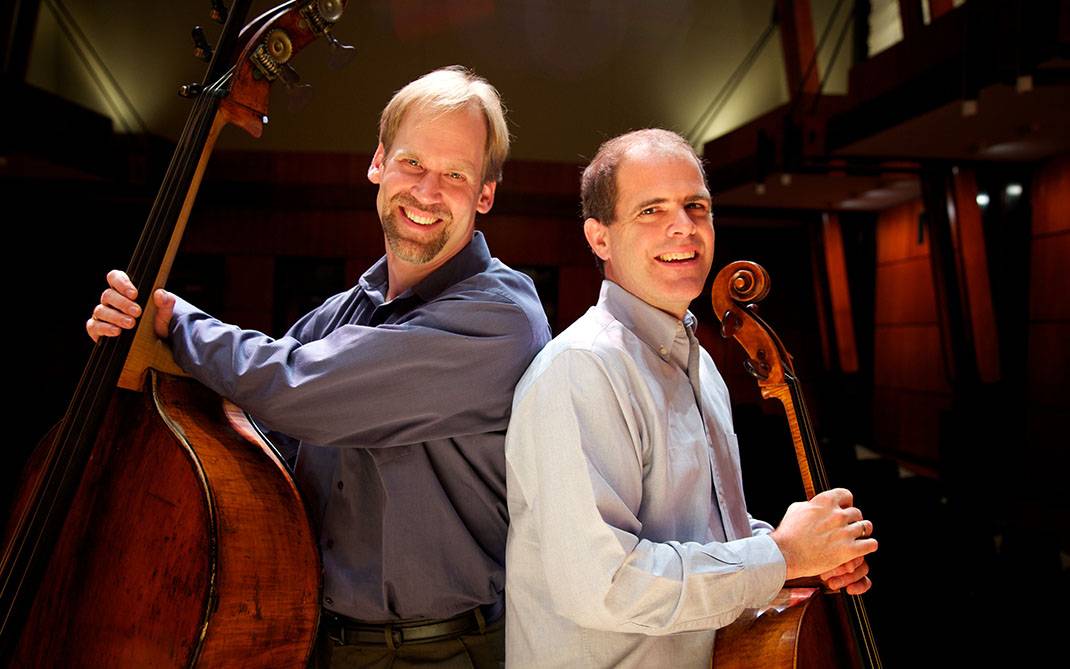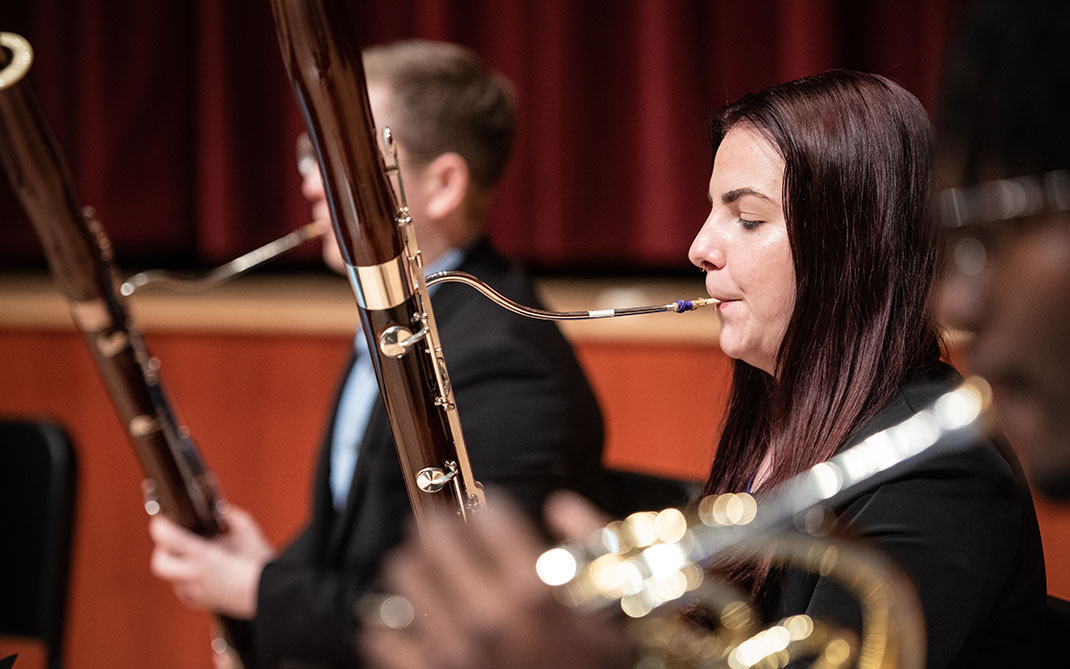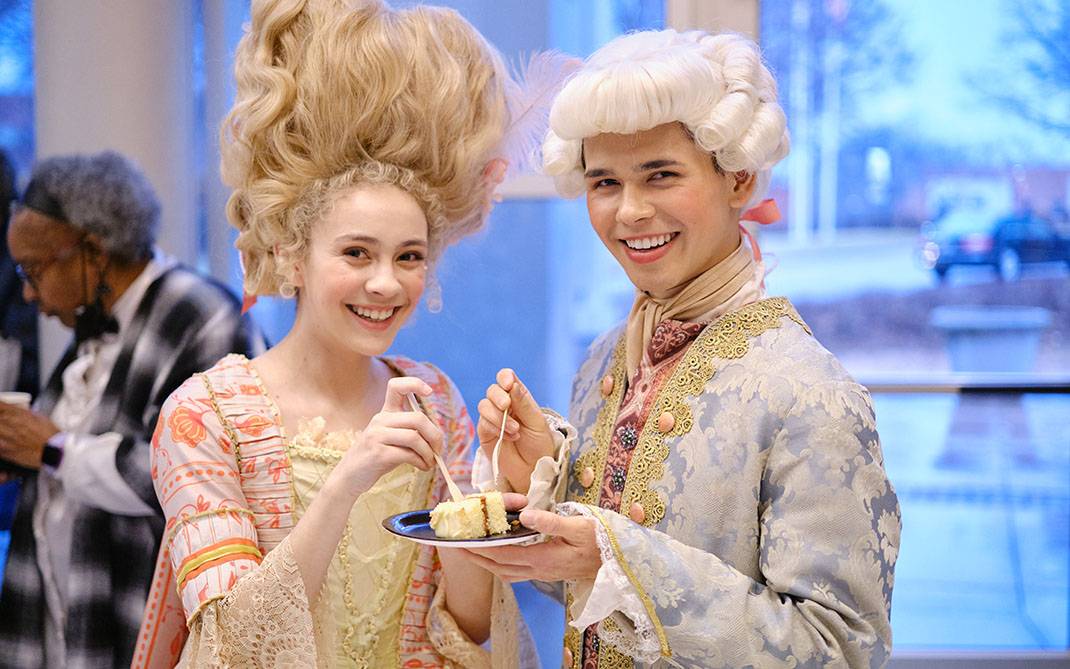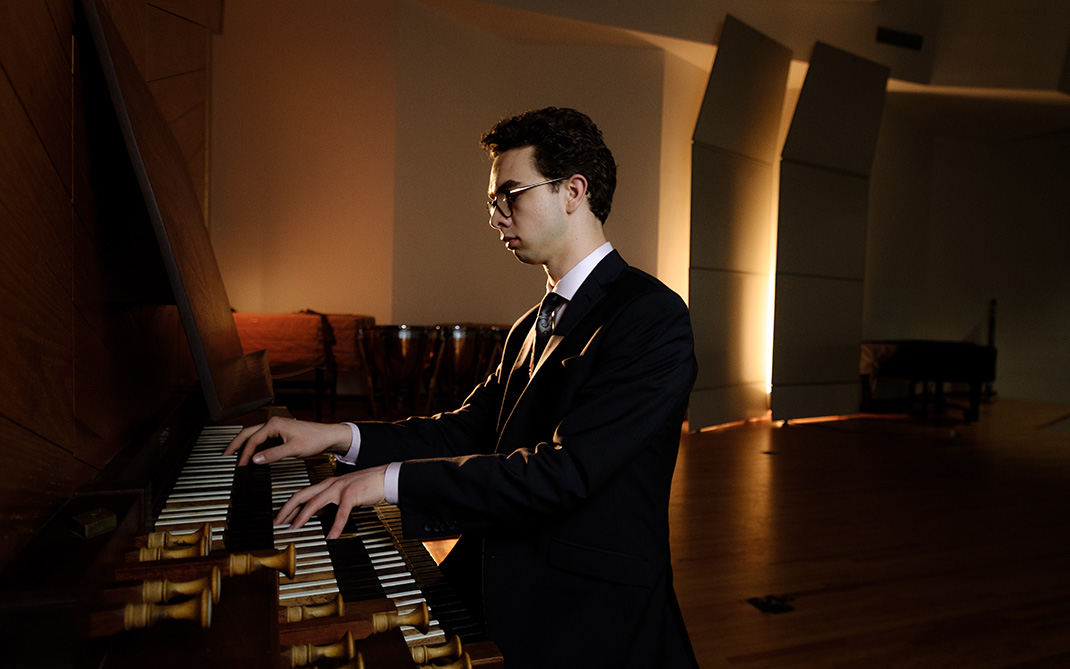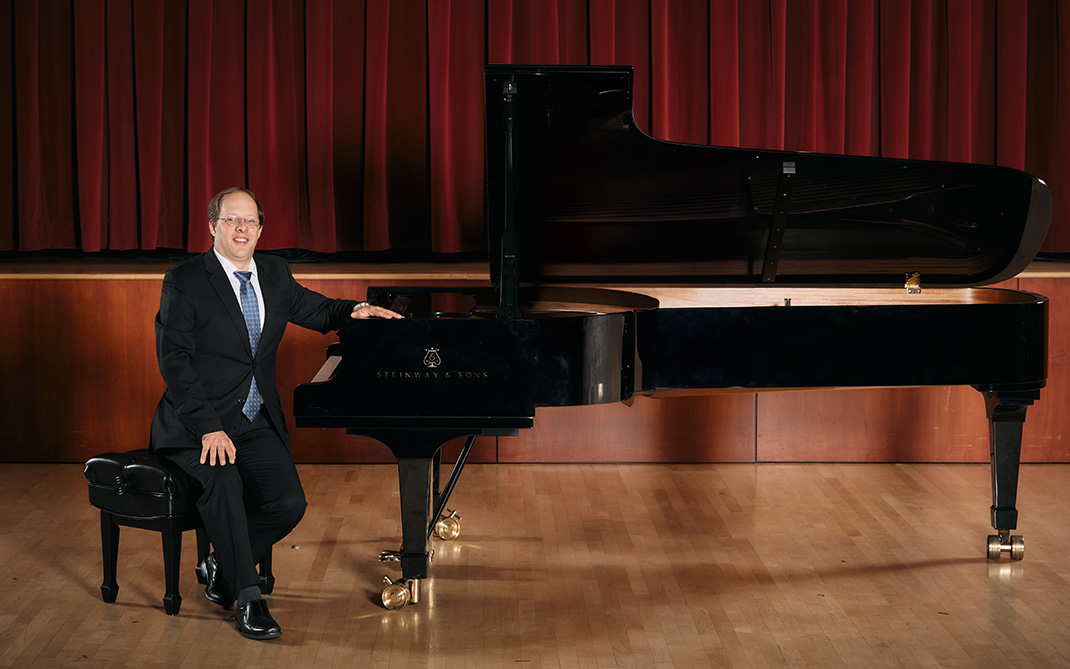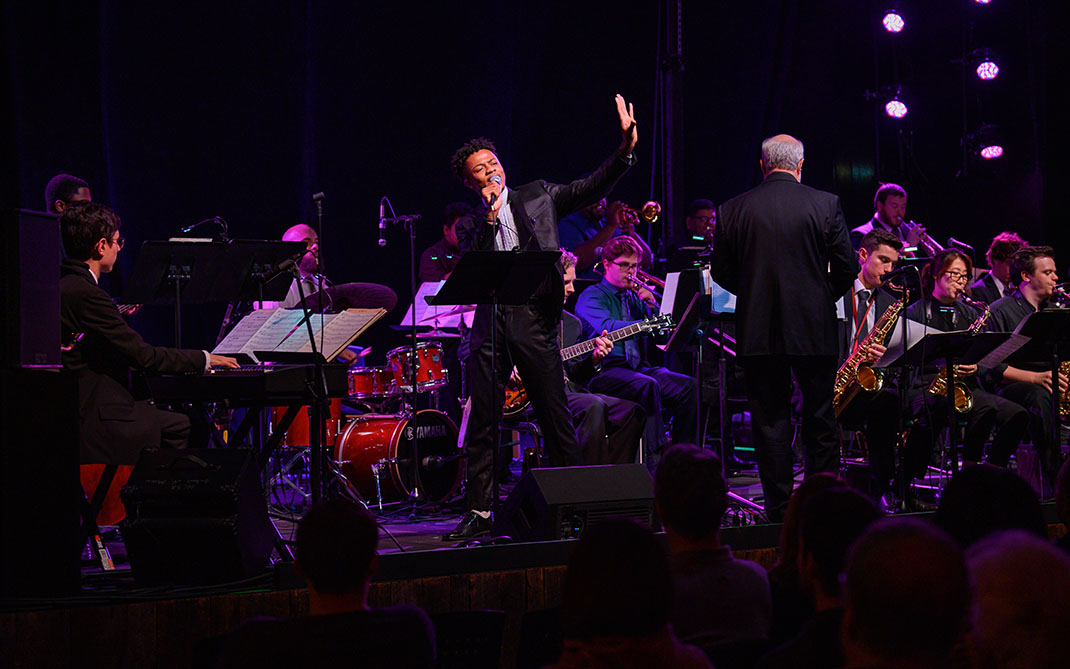Cross-Currents
Last fall, the Library of America published a volume of writing by Frederick Law Olmsted. In his day, Olmsted was a farmer, a reporter, a government administrator, and a conservationist. He wrote groundbreaking journalism that illuminated the misery of slavery; he oversaw a massive humanitarian effort during the Civil War; and he galvanized public opinion in support of wilderness protection, helping preserve vast tracts of public land for future generations.
For all of that, he’s best remembered today for a radical act of imagination: Central Park, and the birth of landscape architecture as a true art form. In helping create dozens of public parks from Buffalo, New York, to San Francisco, California, Olmsted defined many of the civic ideals we take for granted today — public space as vital for wellbeing; access to green space as a basic measure of urban health; and the very idea that artistry and design should be applied to human landscapes.
“I have raised my calling from the rank of a trade, even a handicraft, to that of a liberal profession — an art, an art of design,” Olmsted wrote near the end of his career.
He was right. Placemaking, in its highest forms, is absolutely the work of artists.
It is the discipline of seeing our cities and our neighborhoods as a canvas, and viewing them as a medium that can be transformed through effort and intention. Space, like art, informs behavior — it can encourage or warn us away, inspire or dispirit us, enrich or drain us. It all depends on our collective imagination and our will to carry it out.
Political scientists call this efficacy, and it’s an excellent measure of civic and social health. When we believe in our own capacity to influence events, with faith that our voices will be heard and heeded, we show up. We argue. We invest. We act as devoted citizens.
I’m here today to argue for the devoted citizenship of my institution, to reimagine the role of the School of the Arts in this community and in North Carolina.
I trained as an architect, a discipline that leans heavily on imagination. It marries creativity with hard skills and physical science to decide what’s possible in a given space with a particular set of materials, and how best to achieve a specific function. Over time, architecture becomes a way of seeing the world — of looking at a forsaken lot and seeing the range of possibilities unfold almost subconsciously.
As many of you in this room, I’ve come to take that habit of mind for granted. I look at a streetscape, and I can’t help but imagine what the space might be, just as vividly as I can see it in front of me.
One of the greatest challenges for both artists and policymakers is communicating that sense of possibility to others. In my role as the editor in chief of several national lifestyle magazines, including one of the country’s most beloved and iconic titles, Southern Living, my success depended on projecting possibility outward to millions of consumers—to help them imagine how places and spaces could be transformed. It was, quite literally, helping make dreams come true. If that sounds like a grand mission for a lifestyle magazine — it is!
There’s a natural hunger for that kind of transformational thinking. That’s what keeps so many design and fashion magazines afloat, and what drives the dozens of home-makeover shows that are a staple of television and everyday conversation. We all have dreams for the spaces around us, and we’re working to find the right language to articulate and realize them.
What I love so much about serving as Chancellor at the School of the Arts is the opportunity — the urgency — of scaling those dreams to a much broader audience. I’m not designing something for a single client, or hoping to embolden an individual reader’s decisions about how to live.
My job as Chancellor is to embolden my campus, my city, and my state with a real sense of imagination about the world and the way we shape it. This is the biggest canvas I’ve ever faced, and it’s thrilling.
Across the country, universities are embracing the role of civic incubators and change agents. The image of the isolated ivory tower is giving way to a much more porous, much more vibrant model of academic and cultural life. The School of the Arts can put a unique spin on that kind of engagement, creating a new model that works for our rather singular kind of institution.
A public arts conservatory is a fascinating and contradictory thing. The whole point of a conservatory, of course, is to provide a space apart, with the freedom to concentrate and achieve mastery. In a contemporary culture so heavily weighted toward distraction and ephemera, we work hard to give students the chance to deeply immerse in their work.
At the same time, a public institution has to face outward. We have a moral and civic imperative to engage fully in the life of the state, and that must begin with the community around us. As UNC President Bill Friday used to regularly remind us, millions of North Carolinians give their hard-earned money to support our work. They have a profound claim upon our time and our care.
There’s an enormous amount happening at the School of the Arts on any given day — film shoots, play rehearsals, technique classes, set building, automation engineering- and the ever-present echo of music reverberating through the halls and across the campus. Forgive the obvious cheerleading, but we are a prolific place, a massive soundstage for the dreams of young people who scarcely bother to sleep. I think nothing of passing by someone wearing a massive papier mâché head on my way to the office, or witnessing a wonderfully realistic sword fight while I’m running to a meeting. It’s a lively place.
And that can make it too easy to focus inward. We do a fantastic job of recruiting promising artists and training them, developing a pool of talent that is the envy of any state. But in order to fulfill our full mission, we have to remember the creative energy — not to mention the greater joy — that comes from embracing our part in building North Carolina’s culture and economy.
We’re long past the point of seeing art and culture as a feel-good supplement to the “real” economy, or thinking of it as mere decoration for the urban landscape. Artistic and cultural goods and services contribute more than $700 billion each year to the American economy, which is more than the construction industry. Tourism is big business; entertainment is big business; and real estate is absolutely big business. The value of our urban spaces — not just in in dollars, but in civic identity and quality of life — is intimately linked to art.
Anyone who doubts the impact of placemaking should try buying an apartment that overlooks the High Line in New York City, or booking a hotel room in Austin during South by Southwest. They should visit Richmond and take a walk through the Fan District, where local leaders and community advocates had the will and the vision to revitalize a neighborhood without sacrificing its historic character. Or look to the once-sleepy city of Savannah, where the Savannah College of Art and Design worked diligently with residents and community boards to renovate and repurpose neglected properties, proving that there’s no contradiction between historic preservation and a vibrant culture.
The School of the Arts needs to be a voice for that kind of artistic transformation and civic vision. To claim leadership for North Carolina’s creative economy, we must first be leaders in our local economy. To proclaim the value of artistic uplift to the whole state, we must demonstrate its application toward the streets and neighborhoods around our own campus. To celebrate art and creativity as engines of civic well-being, we have to make it work for our own neighbors.
For much too long, our inward focus has isolated us. We used to assume our students are too busy to venture off-campus, so what does it matter if there are shops and restaurants and parks and cafes within walking distance? We’re supposed to be a self-contained little world, the thinking went, so the texture of the streets around us was irrelevant.
Over time, that attitude led to understandable but short-sighted decisions, like having the School acquire run-down properties on our bordering streets as a safety measure, without a plan or the resources to make use of them. For many years, we’ve owned a handful of dilapidated old houses that stand dormant and lifeless, creating an absurd façade for a school that is defined by motion and reinvention. We have unwittingly created an ideological and physical barrier that blocks us from becoming a real part of our own neighborhood.
All of that stands in perfect opposition to what we preach for our students. As young artists, they’re told to look outward, to seek inspiration everywhere. We can’t tell our students to embrace risk in their artistic lives while telling them to treat their own community as a threat. As Chancellor, I can’t have a public institution that looks and feels like a castle keep. It’s not good for our students, not good for recruitment and growth, and not good for our neighbors or our city.
We live in an era of easy, almost eager division. We sequester ourselves in neighborhoods of people like us; we work alongside people like us; and we watch television, read books, and listen to news designed for people like us. We’ve built an online world that mirrors the neat sorting of our physical spaces, but with even greater efficiency.
Unless you consciously try — unless you act purposefully against the subtle boundaries that mark your life — it’s possible to sail through the day believing that your world is the world, that other strands of life and thought exist in some distant outland, where people are strange and wrong and perhaps even threatening.
Art is supposed to stand against these forces. It is supposed to bridge what is divided, communicate across the void, close the distance between people and cultures.
And the School of the Arts can do that in Winston-Salem. I want our campus to be joyfully open to the neighborhoods around us, and for our students to engage in the life of their city as well as their campus. The neighborhood around us is changing in fascinating ways, with a generational, cultural, racial, and economic mix that offers a real chance for vibrant rebirth. A history of exclusion and redlining, of industrial decline and urban neglect, has given way to a real sense of possibility.
We can seize this moment. The School of the Arts should emerge as the leading force for an artistic corridor that runs from the southern part of Winston-Salem all the way into downtown. The Stevens Center has already become an anchor for artistic community and helped lead the transformation of downtown during the urban revitalization of the 1980s. But so much untapped potential remains. We can be the catalyst that connects the creative and cultural hubs that are already emerging in our city, reinforcing Winston-Salem’s claim and official tagline as The City of Arts and Innovation.
The work that Wake Forest has done in building the Innovation Quarter is an inspiration, an example of how a public-minded institution can rally the energy of an entire community. That’s what we have to do in our own backyard, in concert with the people who live alongside us. We need to find creative ways to bring them into the fold. How can our faculty, students, and staff enter into a real dialogue to find out what the community wants from us, and how we can deliver?
One of the core principles of Placemaking Chicago, a group that organizes community revitalization efforts in the Windy City, is to “start with the petunias.” It’s their way of recognizing that small steps matter when you’re talking about changing the perception of a place, and I wholeheartedly agree.
The School of the Arts is not a big university. We’re not sitting on a generous endowment, not flush with tuition revenue, and not — you will be shocked to learn — expecting a sudden expansion of state funding. We are a public conservatory, fighting doggedly to keep a world-class arts education within reach for all of our students.
But we are energetic and creative people. And we can start with the petunias. That could mean designing and building a series of gardens and orchards around the edges of campus, where students and the broader community can work alongside one another. We could make pop-up galleries and miniature libraries. We could add sculpture and color in a way that reminds residents and visitors of the creative energy centered in this part of town.
We could lease space to community arts organizations, and reach out to our civic-minded alumni to turn some of our neighborhood properties into guest housing for artists-in-residence. In both cases, we’d be taking dormant space and giving it to people with the mandate for connecting the campus to the community.
At the same time, we can forge partnerships to help renew focus on the Gateway, just to the north of the University. We can work alongside entrepreneurs like Chris Megginson from Carolina Vineyards and Hops or John Bryan from Krankie’s, both of whom are seeking to expand their footprint in this neighborhood with innovative projects that reanimate existing spaces. I think there’s a great deal more we can do — alongside the city, county, and community partners — to make this area a true hub of Winston-Salem’s creative economy.
The Gateway should become our link to the burgeoning downtown district, a bridge that draws people, commerce and civic energy into the south of Winston-Salem, into the neighborhoods around campus. As an architect, I couldn’t be more excited about some of the opportunities that exist for us in the area along South Main Street, where we have the chance to reclaim and revitalize some massive open spaces, in light industrial buildings with soul and character, that have sat underused for far too long.
Our students should have a reason to walk beyond the front gate of our campus, to have places to eat, study, shop and relax alongside the people who share their neighborhood. I want to see the fantastic heritage of the campus’ community captured in the warehouses and storefronts, preserved in the wooden beams and the casement windows — imbued with new life.
We have the opportunity to move some of our outreach programs more fully into the community, making our Community Dance and Music Schools more accessible, offering new space to expand summer programs, and bringing student performances directly to our neighbors. Our work will be more visible, better known to the people around us, and more inviting to those who might never have considered a visit to campus.
Some of the work Duke University has led in Durham can serve as a model. There, the university recognized the innate value of industrial spaces long forgotten, seeing historic buildings as an inspiring space for the creative economy rather than an obstacle to cheaper development. Instead of bulldozing their civic heritage, Duke and its partners were able to re-energize those storied spaces with new purpose. That took imagination, far-sighted investment, and close collaboration with residents. It also blurred the boundaries between campus and the broader community, which is exactly what we hope to accomplish here.
I believe South Main Street is ready for that kind of vision, and UNCSA can lead the way. We can bring the energy and clarity, seeking partners who have shown a commitment to this kind of work. We are looking for organizations that take an expansive view of civic health — places like the Ford Foundation, Art Place, and the Kresge Foundation — to help make Winston-Salem a showcase for the arts as a unifying force in public life.
This moment of opportunity might never have come without the diligent work of the Thomas S. Kenan Institute for the Arts. The Institute’s powerful mission to “Build Creative Community” has taken root in initiatives like the Community Innovation Lab, which calls on artists to develop novel, creative way to address major social challenges. Artist Corps sends young creative minds into high-need schools to show how music, movement, acting, sculpting and all manner of artistic work can deepen learning and expand a sense of community.
Our partnerships with the Institute also brings a much-needed flexibility — the capacity to take an idea and run with it, which can be a challenge for big, public institutions. My first neighborhood walk-around with UNCSA accountants and lawyers became known in my mind as a grim march of ‘no’, a tour of all the legal and logistical obstacles we’d face in trying to make good on the institution’s promise of engagement with the local community. What the Kenan Institute offers is a sunny stroll of ‘yes,’ a way of marrying UNCSA’s public spirit with the freedom and independence of a nonprofit agency.
Olmsted’s beloved Central Park, still very much a public space and governed by a public agency, relies on the energy and resources of private partners. Foundations can act as venture capitalists, think tanks, and ambassadors for public institutions, filling in the gaps between the public and private sectors. With focused attention and the capacity for a little risk-taking, the Kenan Institute has already been an invaluable partner in helping us think big about the School of the Arts’ role in this city.
And big thinking is exactly what we need. If imagination is a moral act, then all of us have a duty to think more like artists. We are called to envision the world as it could be, as we would hope it to be, and to make that vision real. You all have chosen to answer that call, and your streets, your cities, your neighbors and your fellow citizens will be the better for it. I’m proud to devote the School of the Arts to that calling, as well. Winston-Salem has always been our city; I’m excited to make it more fully our home.
Cross-Currents Conference address
September 14, 2016
